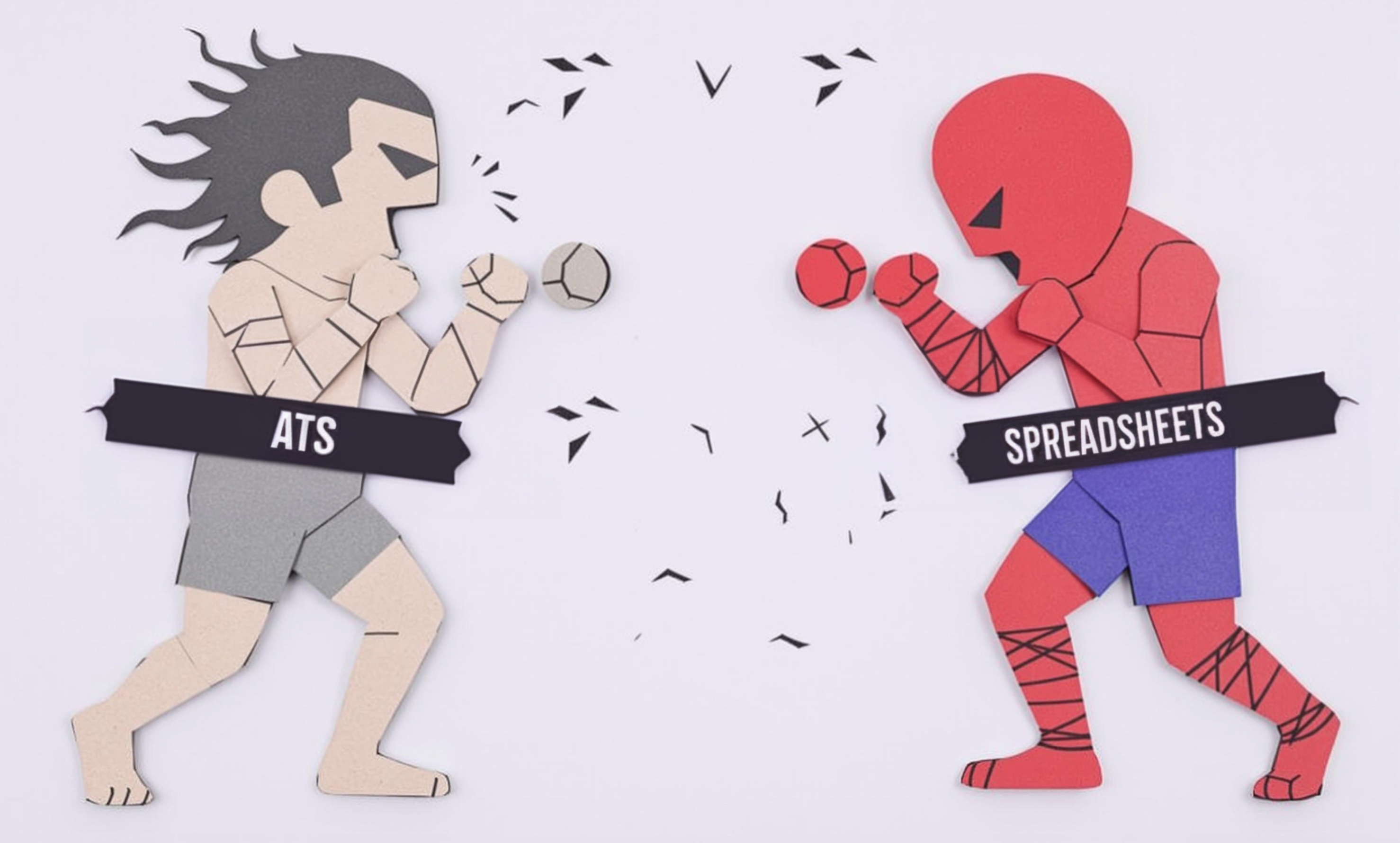
Slate
Slate is a common term used in voice acting when a performer introduces themselves at the beginning of an audition or recording. It's like a brief verbal business card where voice actors state their name and sometimes additional information such as agency or role they're reading for. The term comes from the old movie industry practice of using slate boards before takes. When you see "slate" mentioned in voice acting job descriptions, it refers to this introduction practice, not the stone material or digital tablets.
Examples in Resumes
Performed over 500 professional slate readings for major animation studios
Trained new voice actors in proper slate techniques and audition practices
Created custom slate formats for different casting directors and production houses
Typical job title: "Voice Actors"
Also try searching for:
Where to Find Voice Actors
Voice Acting Communities
Job Boards
Professional Networks
Example Interview Questions
Senior Level Questions
Q: How do you adjust your slate for different types of auditions?
Expected Answer: An experienced voice actor should explain how they customize their slate based on the project type (commercial, animation, audiobook), client preferences, and audition format, demonstrating knowledge of industry standards.
Q: How do you train others in proper slating technique?
Expected Answer: Should discuss teaching methods for helping newer voice actors develop confident, clear slates, including proper pacing, tone, and information inclusion, while avoiding common mistakes.
Mid Level Questions
Q: What elements do you include in your standard slate?
Expected Answer: Should describe a professional slate format including name, agency (if applicable), role reading for, and any specific requirements from the casting director, showing familiarity with industry expectations.
Q: How do you handle slate requirements for different agencies or studios?
Expected Answer: Should demonstrate knowledge of adapting slate format to different client requirements and understanding why these variations exist.
Junior Level Questions
Q: What is a slate and why is it important?
Expected Answer: Should explain that a slate is the introduction at the start of an audition/recording and its importance in providing clear identification of the voice actor to casting directors.
Q: What are common mistakes to avoid when slating?
Expected Answer: Should identify basic issues like speaking too quietly, rushing through the slate, or including unnecessary information that might affect the audition outcome.
Experience Level Indicators
Junior (0-2 years)
- Basic slate delivery
- Following standard slate formats
- Clear pronunciation and diction
- Basic microphone technique
Mid (2-5 years)
- Professional slate customization
- Multiple slate format mastery
- Studio protocol understanding
- Direction following
Senior (5+ years)
- Training others in slate technique
- Agency-specific slate requirements
- International slate standards
- Coaching and mentoring
Red Flags to Watch For
- Unable to deliver a clear, professional slate
- Lack of understanding about slate formatting
- Poor audio quality in recorded slates
- Inconsistent slate delivery across different auditions
Related Terms
Need more hiring wisdom? Check these out...

Beyond Spreadsheets: Why Executive Dashboards in ATS Systems Are Your Secret Hiring Weapon

Why Your Hiring Spreadsheets Are Secretly Sabotaging Your Recruitment

Speak Up! How Voice Search Is Changing Job Listings and What HR Needs to Do About It

